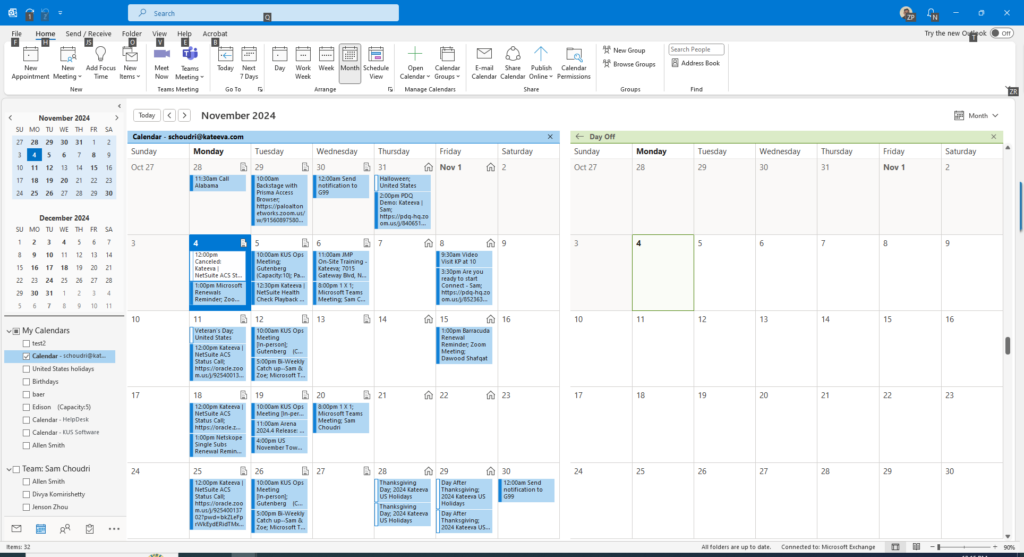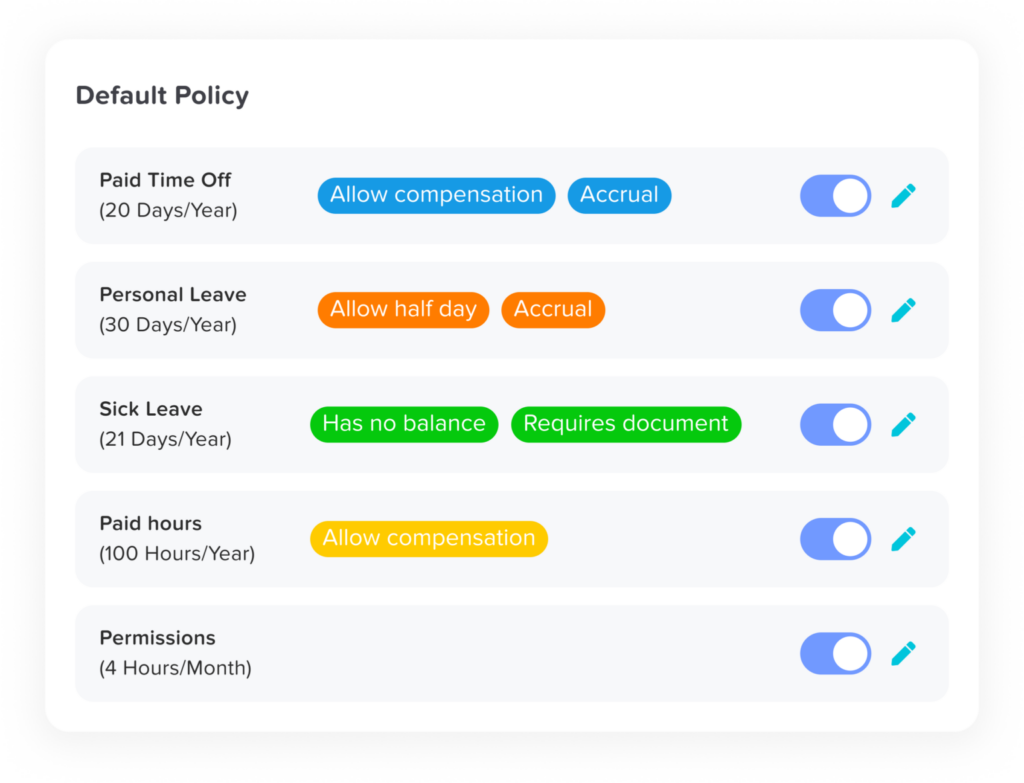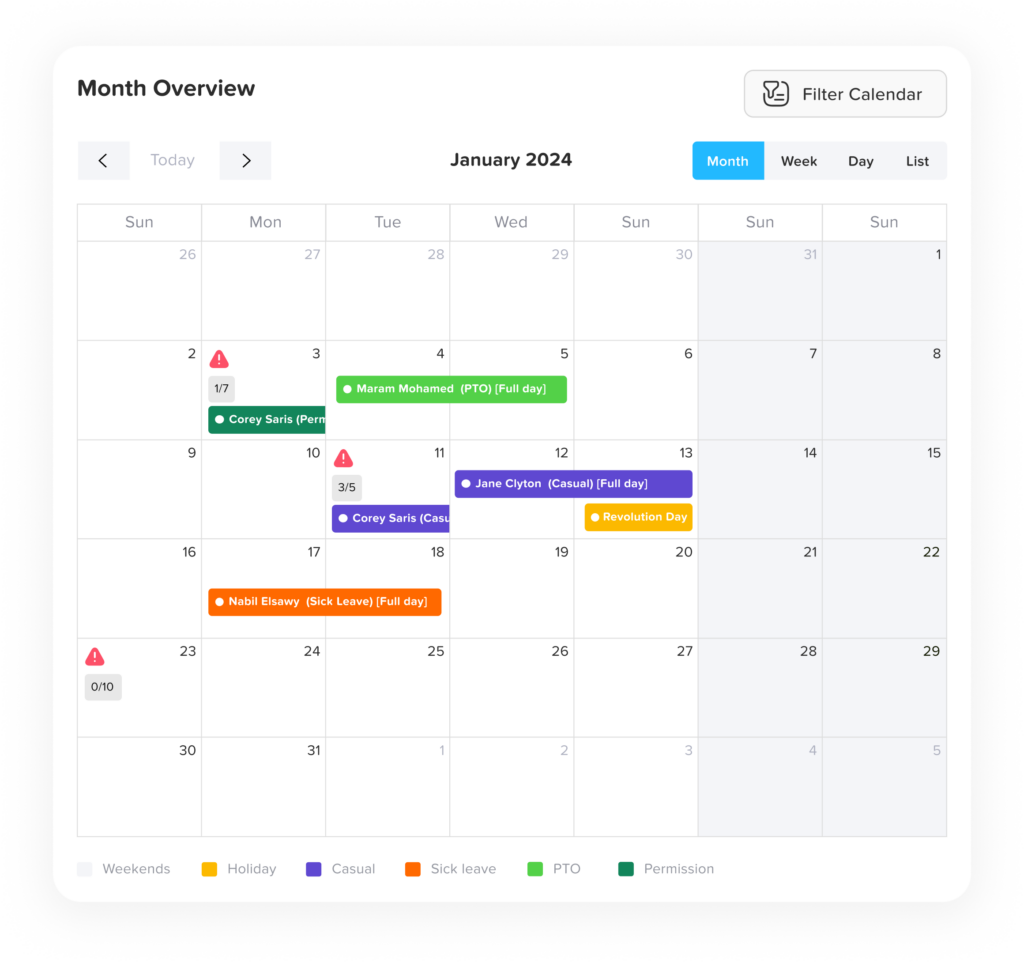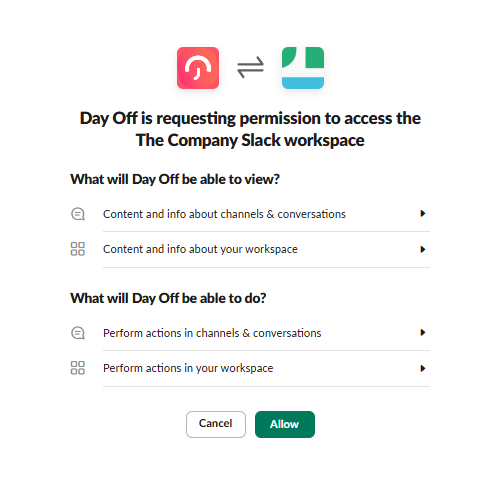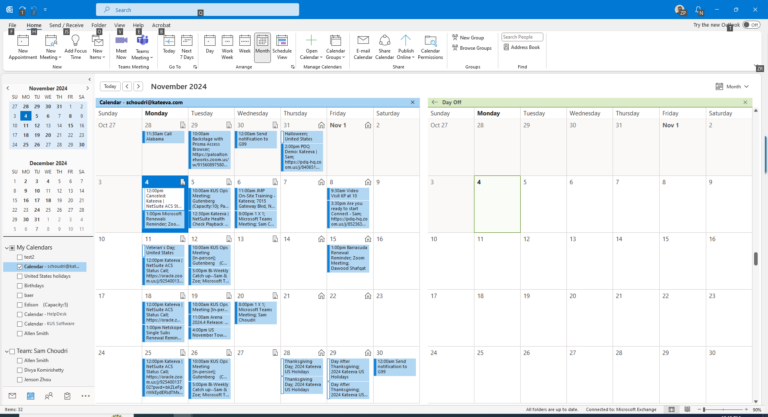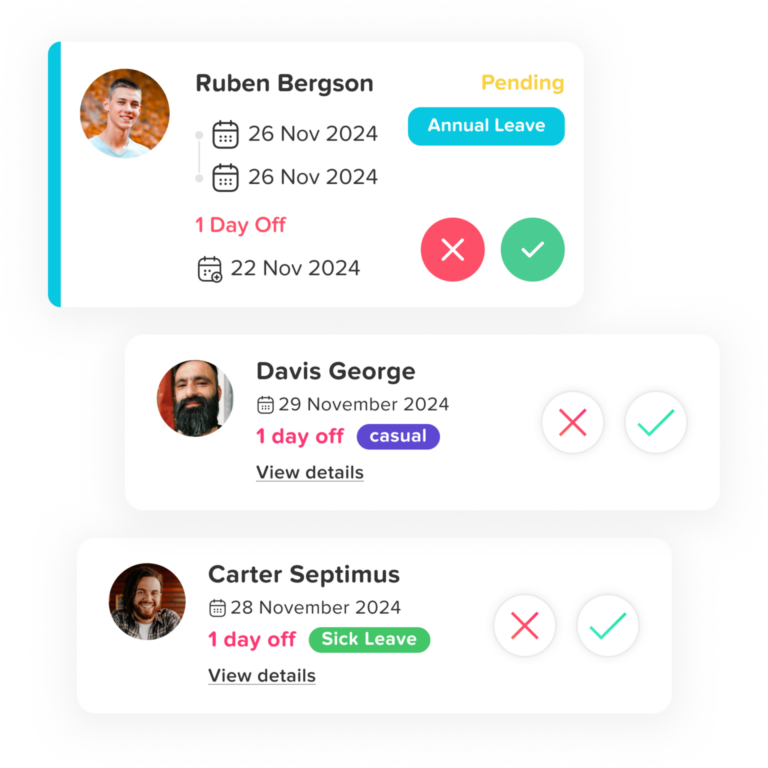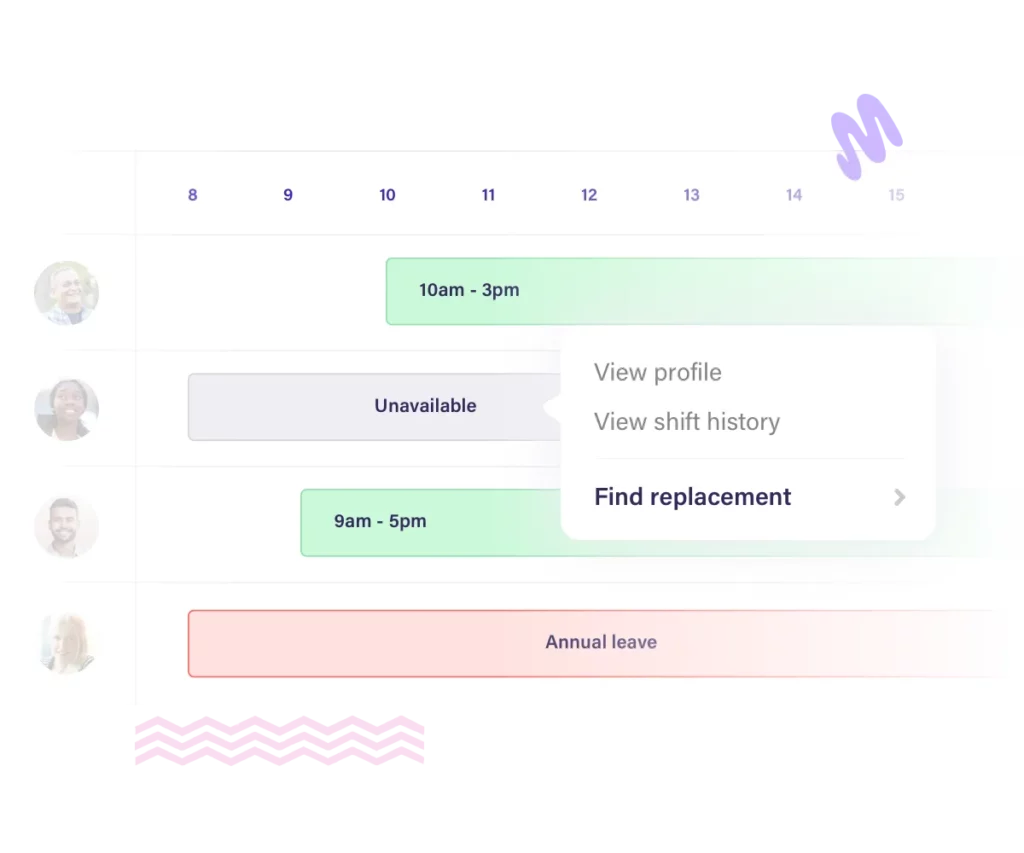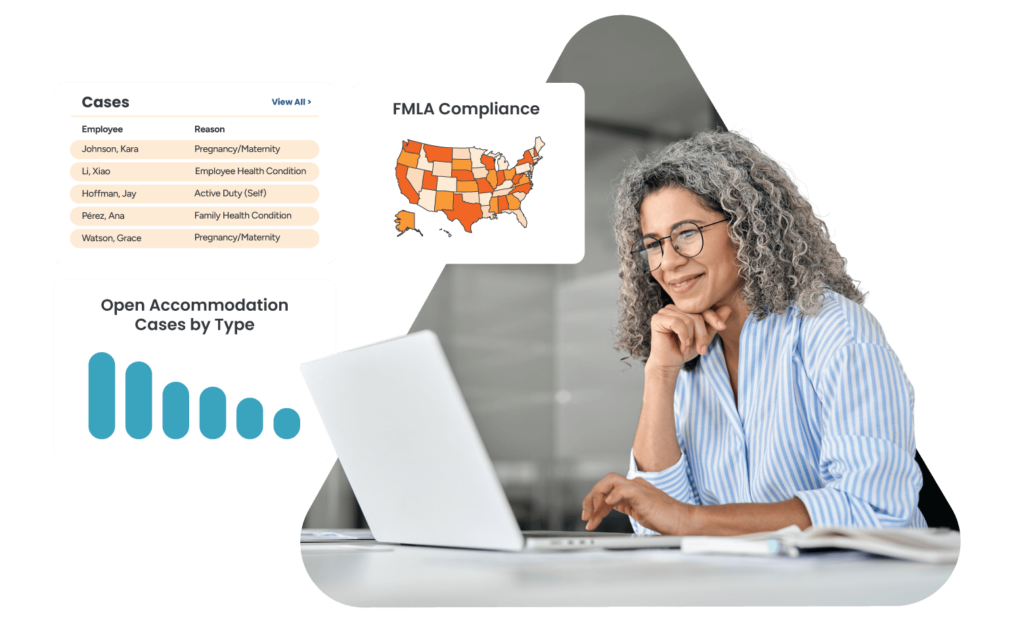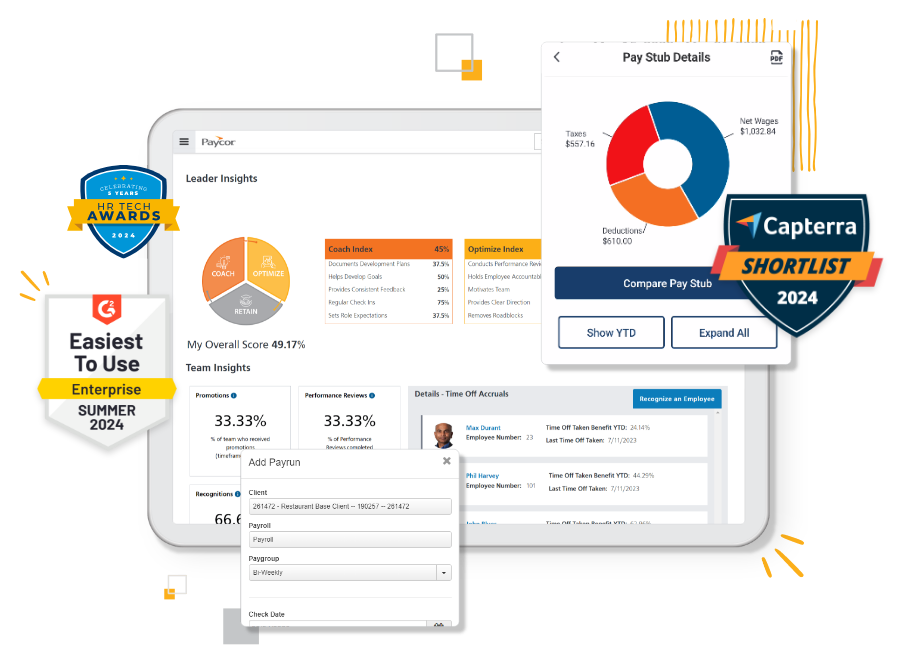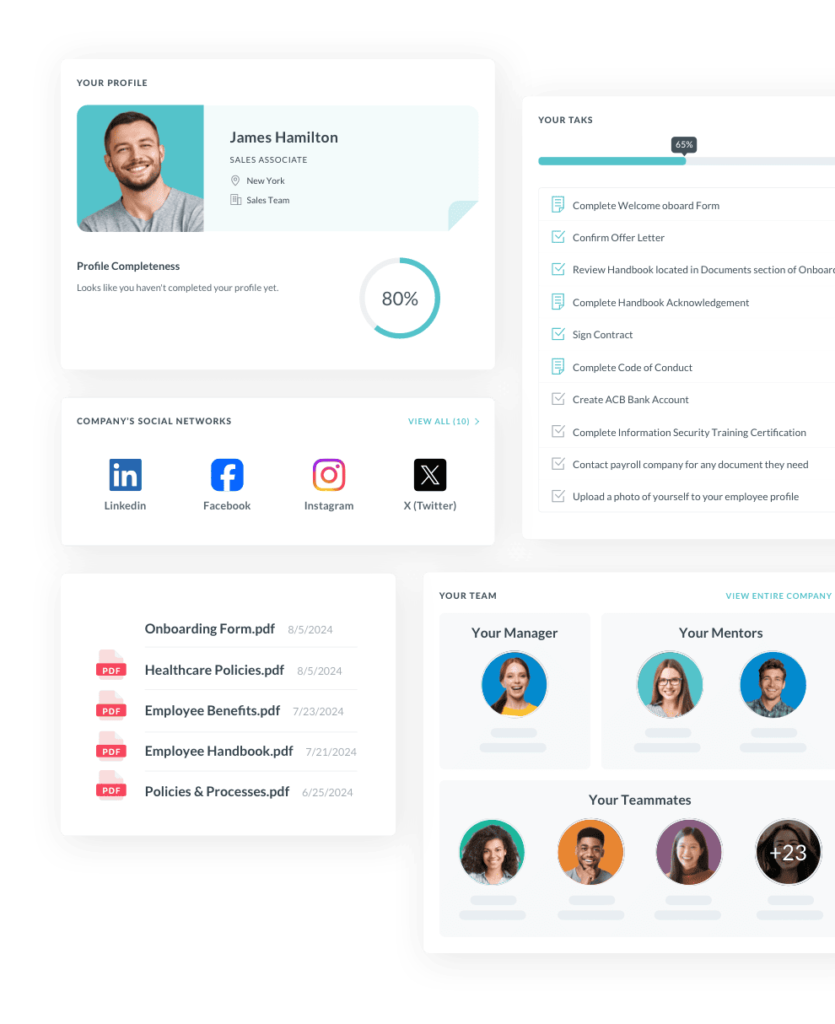In today’s fast-paced workplace, ensuring employee satisfaction is more than just a priority it’s a necessity. One of the most overlooked contributors to a happy and productive workforce is efficient leave management. Enter PTO tracking software, a tool that not only simplifies HR processes but also significantly enhances employee satisfaction. Here’s a detailed look at how PTO tracking software can make employees happier and more engaged.
Day Off
1. Transparency and Trust
One of the biggest sources of employee frustration is ambiguity around PTO policies. Employees often find themselves unsure of their leave balance, approval status, or whether they are being treated fairly compared to their colleagues. PTO tracking software solves this issue by providing complete transparency. Employees can:
View their available leave balances in real-time.
Track upcoming holidays and already taken leave.
Understand company PTO policies clearly without needing to ask HR repeatedly.
This transparency fosters trust between employees and management, ensuring everyone feels treated fairly and equitably. Additionally, by eliminating guesswork, employees can confidently plan their time off, improving overall satisfaction.
2. Simplified Leave Requests
Gone are the days of submitting paper forms or navigating clunky email threads to request time off. PTO tracking software streamlines this process, allowing employees to:
Submit leave requests through an intuitive interface.
Receive automated notifications about the status of their requests.
Access a shared calendar to plan leaves without disrupting team schedules.
The ease of requesting and managing PTO eliminates stress, allowing employees to focus on their work. Moreover, the streamlined process reduces bottlenecks in HR, leading to faster approvals and fewer delays, further enhancing employee satisfaction.
3. Better Work-Life Balance
Work-life balance is a cornerstone of employee satisfaction. When employees know they can easily plan and take time off, they are less likely to experience burnout. PTO tracking software:
Encourages employees to take their allocated leave by showing remaining balances.
Helps managers identify employees who may be overworking and recommend taking a break.
Enables flexible leave planning that accommodates both personal needs and business demands.
By promoting a healthier work-life balance, the software boosts overall morale and reduces stress. Employees who can recharge and return to work feeling refreshed are often more productive and engaged in their roles.
4. Streamlining Workload Management
Managing workloads effectively is critical for both employee satisfaction and organizational efficiency. PTO tracking software plays a vital role by:
Providing managers with real-time visibility into team availability, allowing them to redistribute tasks more effectively.
Highlighting patterns of overlapping leave requests that could disrupt operations.
Reducing the burden on overworked employees by identifying and addressing resource gaps in advance.
By ensuring workloads are distributed fairly and proactively addressing potential staffing shortages, PTO tracking software helps create a balanced and supportive work environment Errors in leave calculations can lead to payroll discrepancies, which can frustrate employees and erode their trust. PTO tracking software integrates seamlessly with payroll systems to ensure:
Leave deductions are accurate and automated.
Employees are compensated correctly for unused PTO.
Overtime and leave policies are consistently enforced.
5. Enhanced Communication
Miscommunication regarding leave approvals or team schedules can lead to conflicts and inefficiencies. PTO tracking software provides:
Automated notifications to employees and managers about leave requests and approvals.
Team-wide visibility of who is off and when.
Integration with team calendars and collaboration tools to prevent scheduling conflicts.
Improved communication ensures smoother operations and reduces friction between team members. Clear communication helps employees feel informed and valued, reinforcing a positive workplace culture.
6. Empowering Employees with Control
When employees have access to a self-service PTO platform, they feel more in control of their work-life balance. PTO tracking software empowers employees by:
Allowing them to plan vacations well in advance.
Giving them visibility into company-wide holidays and blackout dates.
Enabling them to manage their leave independently without relying on HR for every query.
This sense of autonomy contributes to a positive employee experience. Empowered employees are more likely to feel satisfied, as they have the tools to manage their time effectively.
7. Data-Driven Decision Making
For HR and management, PTO tracking software provides invaluable insights into employee leave patterns. This data can be used to:
Identify trends, such as peak vacation periods, to better plan staffing needs.
Spot employees who may not be taking sufficient time off, addressing potential burnout proactively.
Ensure equitable leave distribution across teams.
Employees benefit when managers make data-driven decisions that create a more balanced and supportive work environment. Furthermore, this data can help companies optimize resource allocation, ensuring business continuity during high-demand periods.
8. Seamless Integration with Remote Work
As remote work becomes increasingly prevalent, managing PTO for a distributed workforce is challenging. PTO tracking software simplifies this by:
Providing cloud-based access so employees can manage their leave from anywhere.
Offering mobile apps for on-the-go leave management.
Ensuring compliance with global leave policies for multinational teams.
Remote employees feel equally valued and supported when they have access to the same tools and processes as their in-office counterparts. This parity fosters inclusivity and reinforces a sense of belonging within the organization.
9. Boosting Employee Engagement
Satisfied employees are engaged employees. By reducing the stress associated with leave management, PTO tracking software allows employees to focus on their core tasks. The software:
Reduces administrative burdens for both employees and managers.
Provides a modern, user-friendly experience that aligns with employees’ expectations.
Demonstrates that the company values its workforce by investing in tools that prioritize their needs.
Engaged employees are more likely to stay loyal to the company, contribute to a positive workplace culture, and drive overall organizational success.
10. Supporting Compliance and Legal Requirements
PTO tracking software often includes features that help organizations comply with labor laws and regulations related to leave management. By ensuring compliance, the software:
Protects employees’ rights and prevents potential disputes.
Maintains accurate records for audits and legal inquiries.
Reduces the administrative burden on HR teams to manually track compliance.
Employees appreciate working for organizations that uphold fair practices and prioritize their well-being, further boosting satisfaction.
Conclusion
PTO tracking software is more than just a tool for HR; it’s a strategic investment in employee satisfaction. By promoting transparency, simplifying processes, and fostering work-life balance, it enhances the overall employee experience. Companies that adopt PTO tracking software demonstrate their commitment to creating a supportive, fair, and efficient workplace—a key factor in attracting and retaining top talent.
If you’re looking to improve your team’s satisfaction and streamline your leave management processes, consider integrating PTO tracking software like Day Off. It’s a step toward happier, more engaged employees and a more successful organization.




